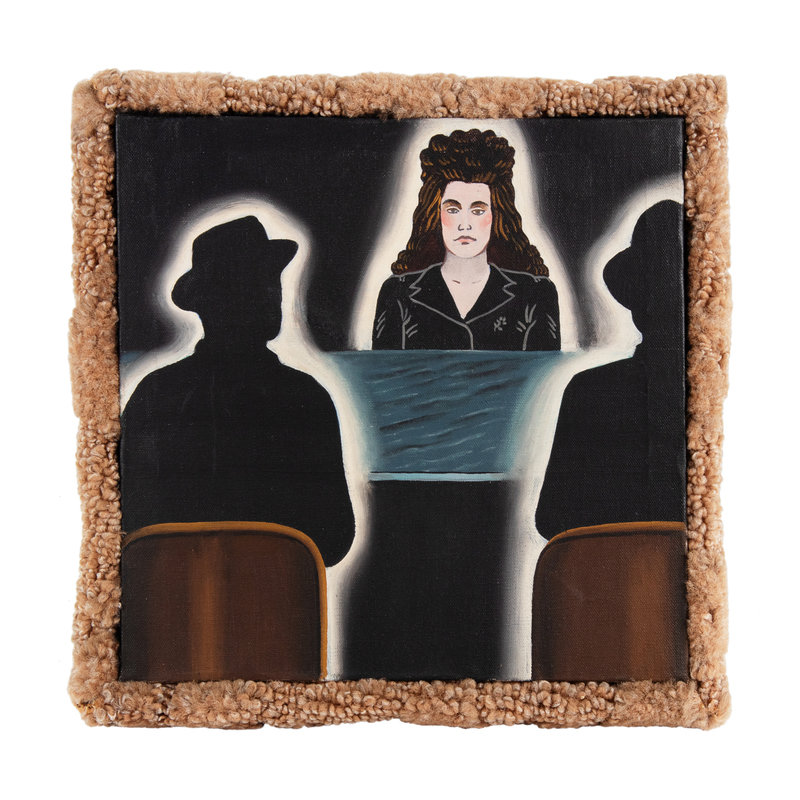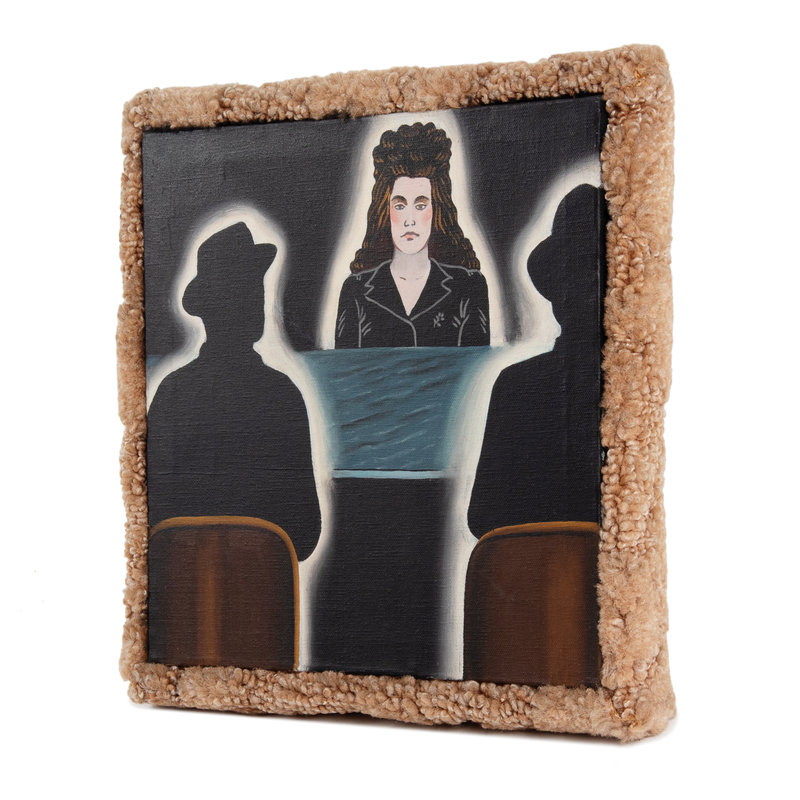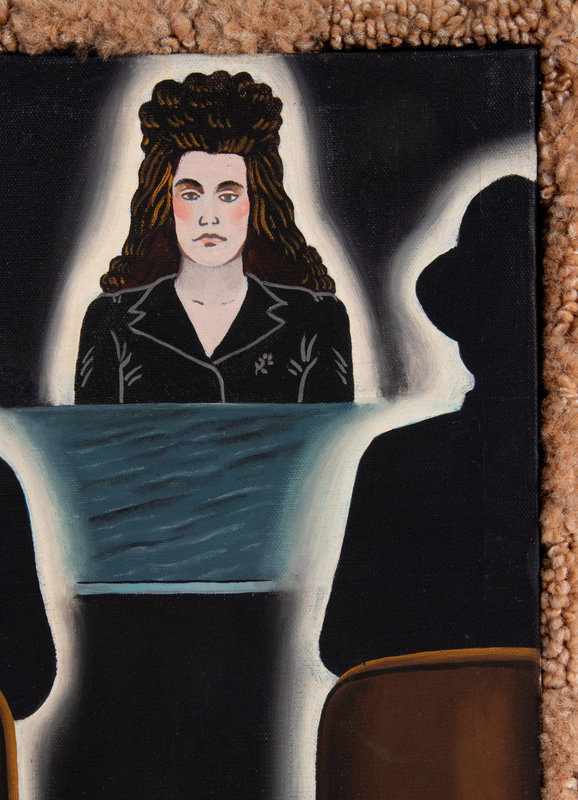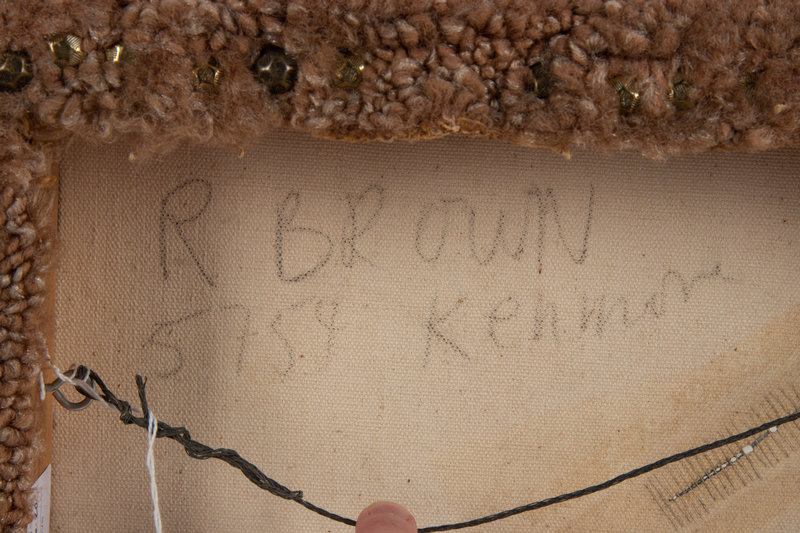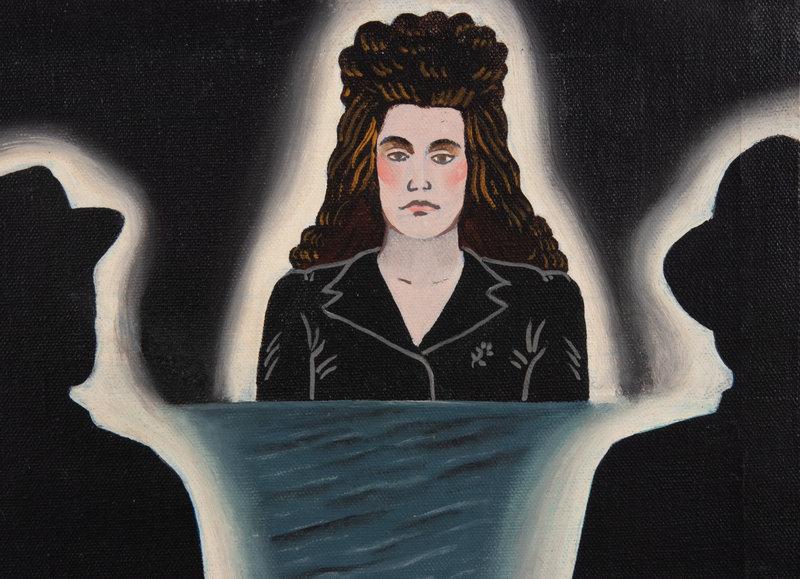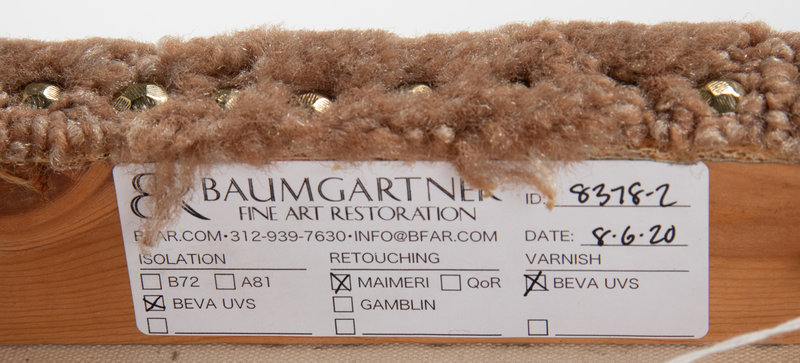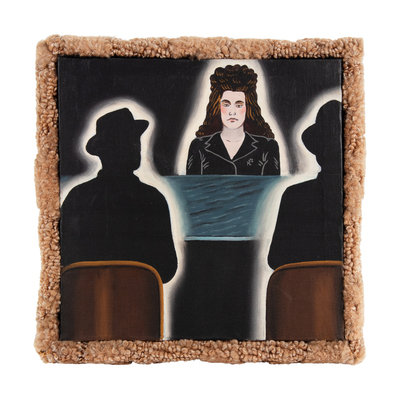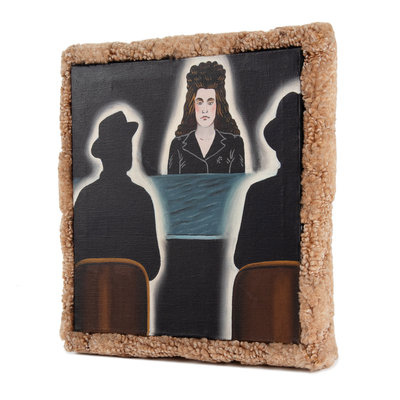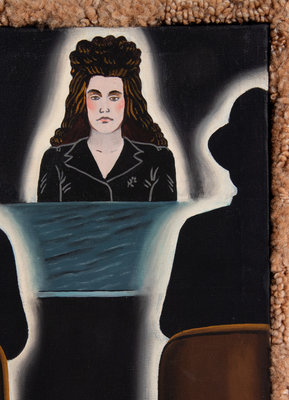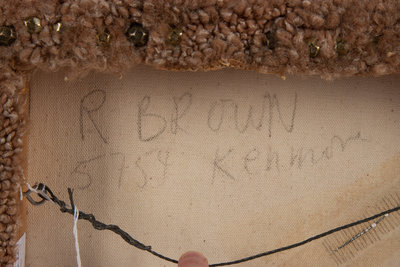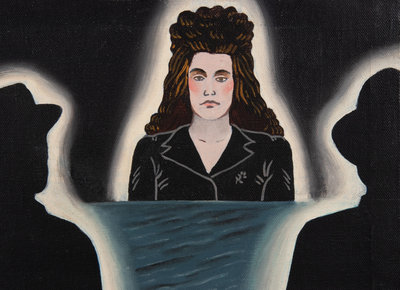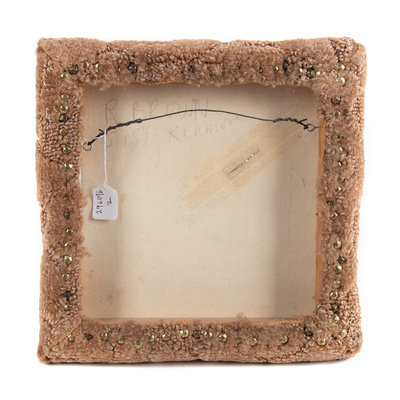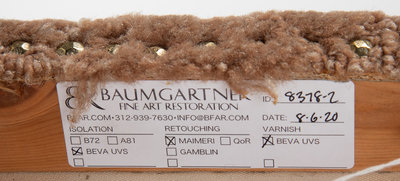Condition Report
Contact Information
Auction Specialist
Lot 5
Roger Brown
(American, 1941-1997)
Untitled (Two Figures at Bar, Female Behind Counter, Carpet Frame), 1969
Sale 789 - Post War and Contemporary Art
Oct 1, 2020
10:00AM CT
Live / Chicago
Own a similar item?
Estimate
$30,000 -
50,000
Price Realized
$30,000
Sold prices are inclusive of Buyer’s Premium
Lot Description
Roger Brown
signed R. Brown (verso)
14 x 14 inches.
Property from the Collection of Suellen Rocca, Chicago, Illinois
(American, 1941-1997)
Untitled (Two Figures at Bar, Female Behind Counter, Carpet Frame), 1969
oil on canvas with pile carpet
signed R. Brown (verso)
14 x 14 inches.
Property from the Collection of Suellen Rocca, Chicago, Illinois
